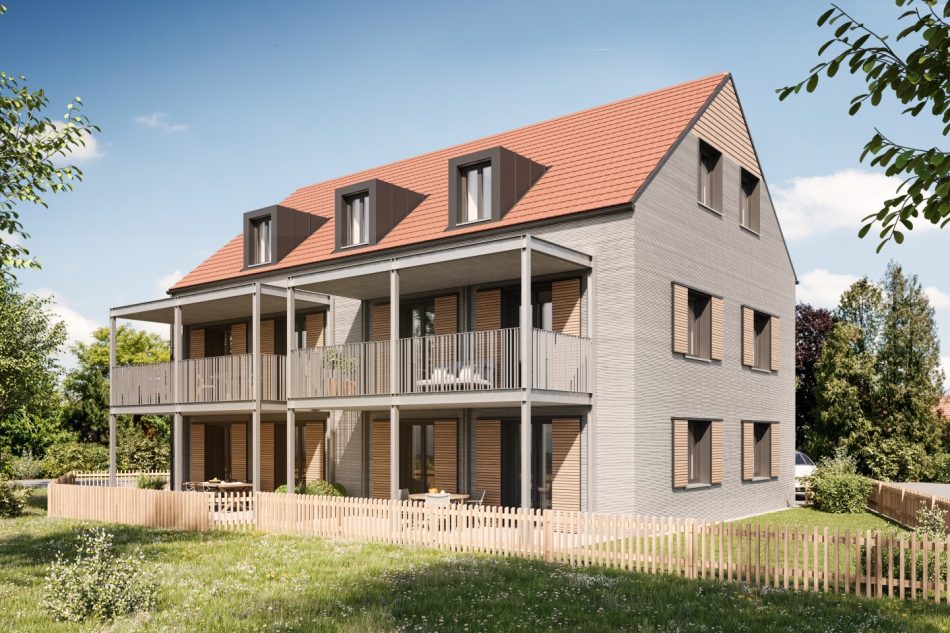Earlier this month, we shared a story out of Belgium where a construction called Kamp C revealed the first 3D-printed two-story home. Although it is thought to be the biggest 3D-printed structure in the world right now, it won’t hold that title for long as architects in Germany are currently using what’s being described as the fastest 3D construction printer to produce a three-story apartment building.
The printer that is being used to construct the building is called the BOD 2 printer, and it prints at a maximum speed of 100 cm (39 in) per second. That is the equivalent of 10 tons of concrete per hour. NewAtlas reports that once completed, it will measure roughly 380 sq m (4,090 sq ft), spread over three floors, plus a basement level. In total, the structure will consist of five apartments.
So, what’s the construction process like? Similar to most other 3D-printed architecture projects, it involves the printer extruding a cement mixture out of a nozzle, with each wall being built layer by layer. The BOD 2 printer requires two human operators, while more humans work on other things such as scaffolding and siding. That is to say that the process of 3D-printing buildings is not quite automated yet.
The first floor of the new apartment complex has already been completed, and the whole process is expected to take six weeks to complete. When finished, the German apartment building will represent another major milestone for the use of 3D-printing technology in the construction industry.
Image source: COBOD










